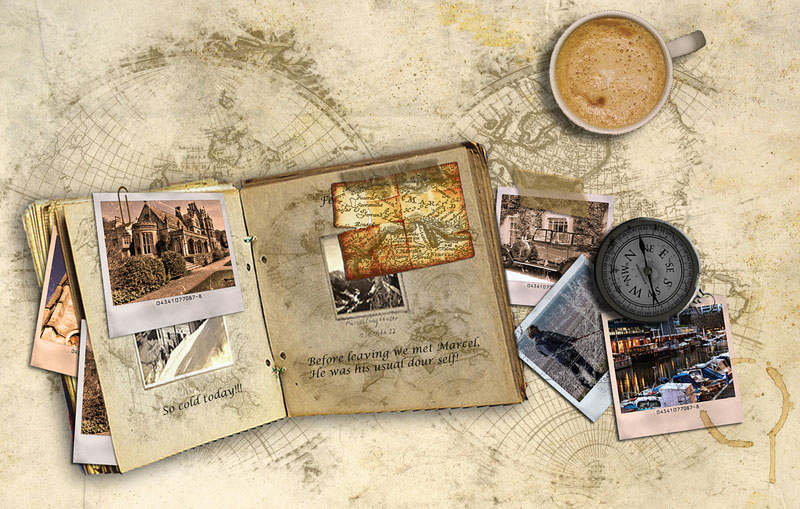Writing about your travels through the creation of a travelogue is not merely a way of recording your memories for future enjoyment, but is an excellent method of sharing information about a location with others. For this reason the best travelogues are full of rich and detailed descriptive information about a destination enabling the reader to conjure up images from the writing.
A number of useful tips to take into account when compiling a travelogue can help the creation of an accurate and engaging travelogue:
Make it more than just a recording of day-to-day events
Purely writing day by day entries of where you went, what you did, what you saw and what you ate makes for a dull travel report. Weave in description, interest and feelings to your travelogue writing and create a photographic description of the places you visit. A travelogue should create a picture in the minds of readers through the written words enabling the reader to visualise the place being described.
A travelogue is not limited to words
Take advantage of today's technology and do not limit your travelogue to words alone. The most effective and inviting travelogues are accompanied by photographs and writers-own simple illustrations to help evoke the magic of a destination in the readers' minds. Even local leaflets and brochures together with travel tickets (from budget airline flights, trains, buses and subways) can be collected and included perhaps through photographs. The travelogue should be telling a story about the whole journey so items you collect on the way will add substance to the words.
Provide information on how to get to the destination
A travelogue should not merely be about the destination itself: the journey there is just as important. Therefore provide information on the best ways to travel there including airline details, trains, or generally any details that you feel are important.
Engage with local people and provide some cultural background
A travelogue should provide first hand experience of a destination and for even more in-depth, colourful writing try engaging with the local people you encounter on your travels. Ask about legends associated with the location and any other information that only local people would know. Discover the stories behind the festivals and events you may encounter and write about this in your travelogue.
Write about some of the must-do attractions
Your travelogue should include descriptive writing about the destination's attractions including the must-do activities for any visitor. However do not limit yourself to the well-known attractions that can be found in any guide book. Explore the destination and discover some lesser known attractions that could include local markets and spots with particularly mesmerising views.
Tips and Advice
Wherever you go there is always something you wish you had known prior to travelling including useful travel tips, an attraction or even an important cultural do or don't. Make note of the things that you have learnt on your travels for the benefit of future visitors. Especially important (and interesting to the reader) are etiquette differences between countries. For example some places require the wearing of specific clothing or behaving in a certain way. Perhaps undertake some research and also explain why particular etiquette is required.
A travelogue should be an engaging and thought provoking log detailing your travels. Aim to describe the sights, sounds and feelings you encountered along the way.













